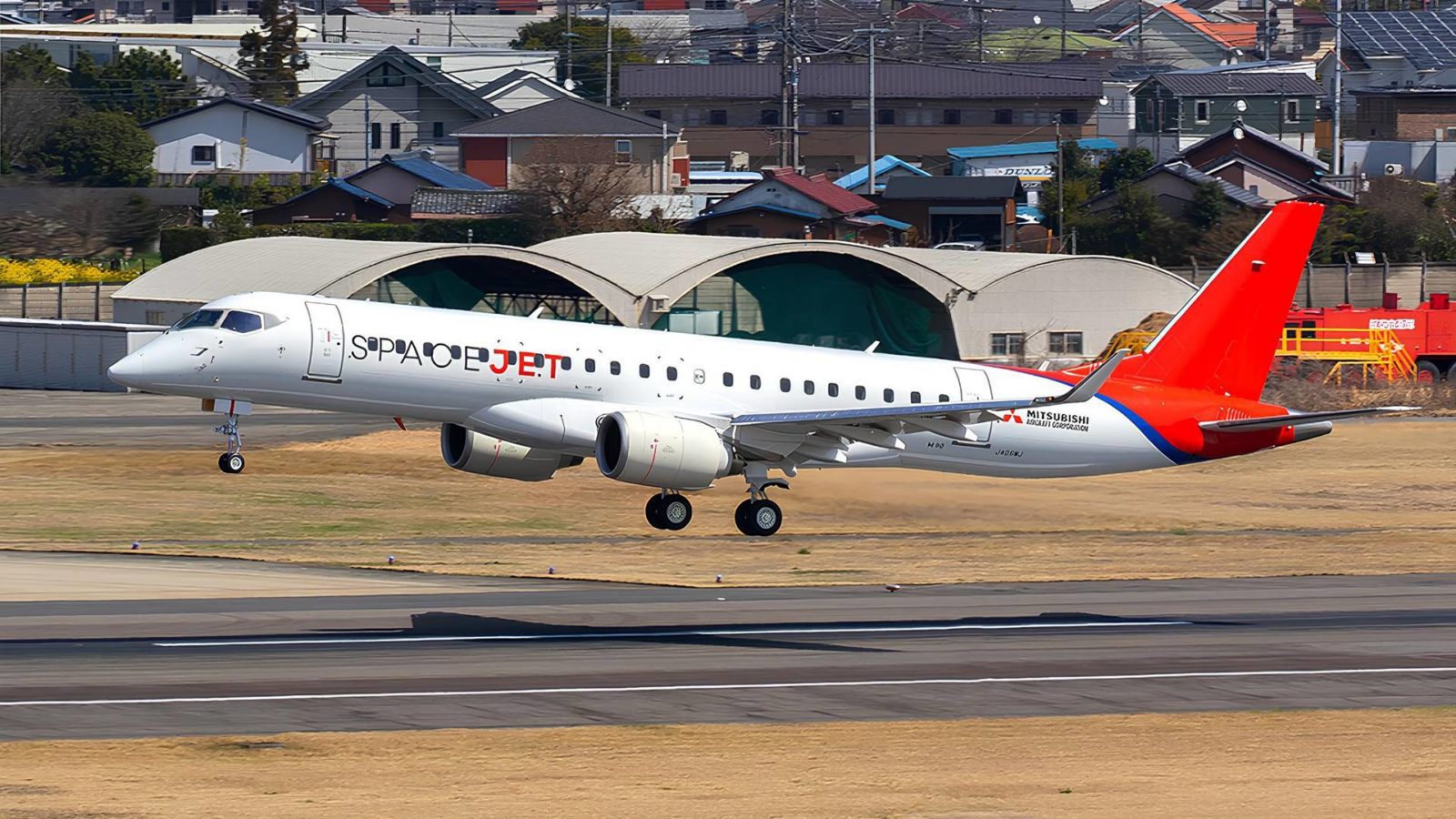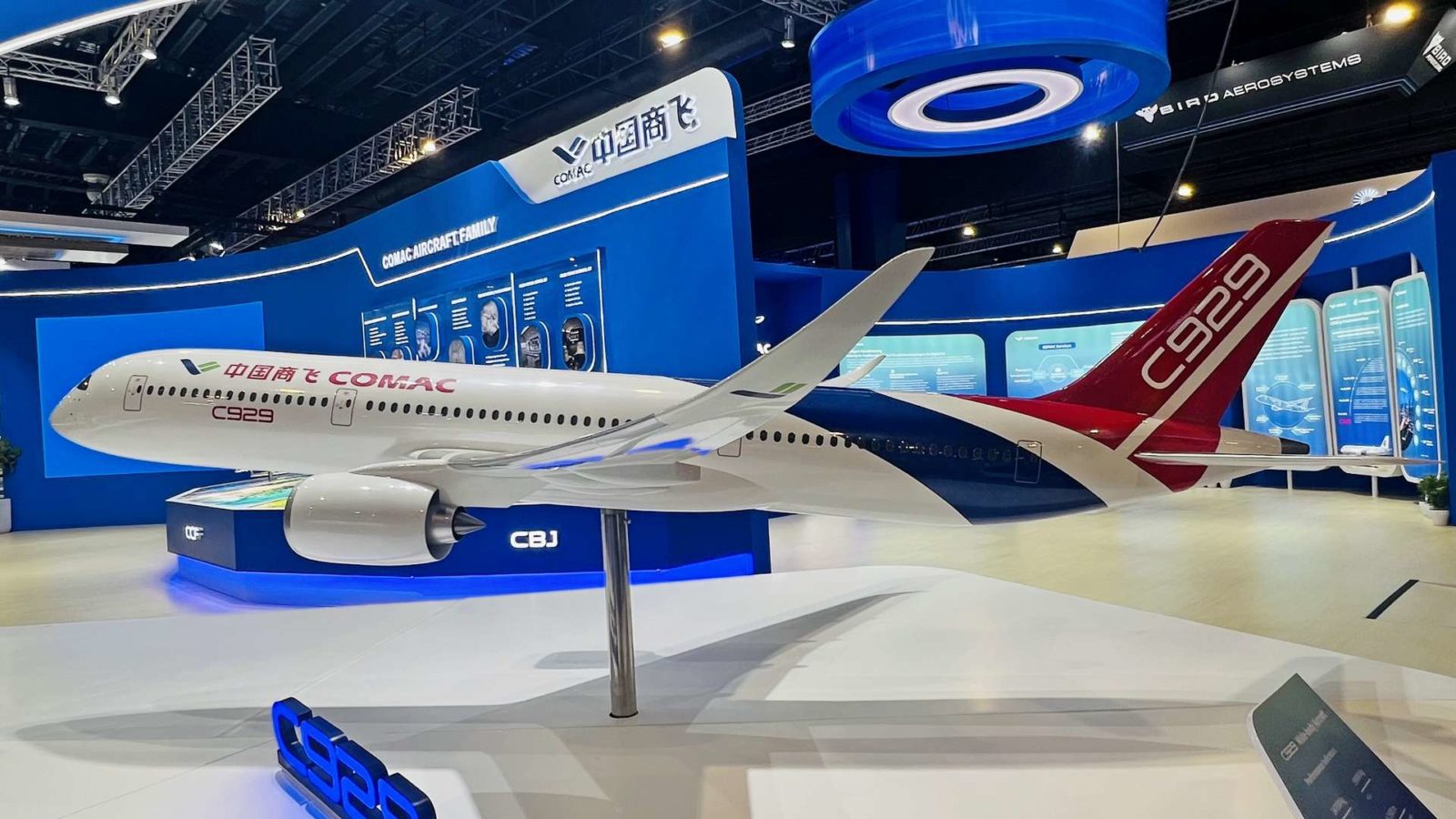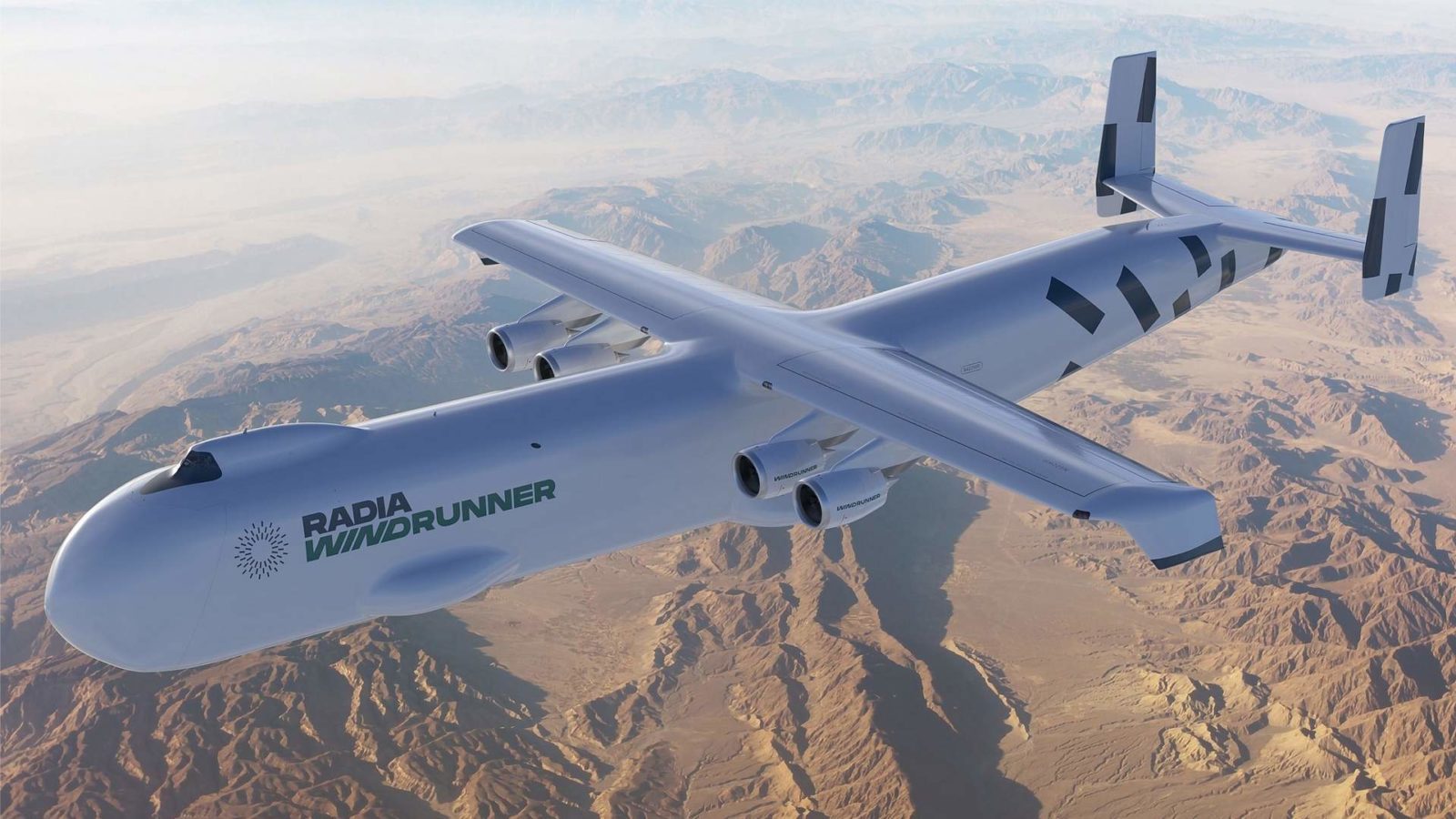The Pioneers of Long Haul; Kingsford Smith, by Travel Radar Correspondent David Hopwood
With the Australian flag-carrier QANTAS much in the news recently with their ultra-long-haul test flights from London and New York to Sydney, how were such routes pioneered?
Like many others of its kind, the early history of long-distance flights is littered with the names of great men and women aviators; from Lindbergh, Amelia Earhart, and Alcock & Brown to lesser-known heroes such as Santos Dumont, Mermoz, van Ryneveld & Brown and in the case of Australia, Kingsford-Smith.
While many of these astonishing flights were a result of dare-devil adventurism and the search for fame, others were undertaken to link by air some of the (then) outposts of colonial empire; British, French and others.
Charles Edward Kingsford-Smith was born in February 1897 in Brisbane, Australia and attended school in Vancouver and Sydney and studied engineering as an apprentice. During the first world war he served in Gallipoli in Turkey before transferring to the Royal Flying Corp and earning his pilot’s wings in 1917 and was awarded the Military Cross for gallantry.
After demobilisation in 1919, like many other out of work ex pilots, he took up barnstorming and offering joyrides in the UK and the USA using ex-military DH.6 and B.E.2 trainers. He continued this precarious work in Australia, as well as flying airmail postal services and began to plan a flight across the Pacific. He was one of the first airline pilots in Australia after gaining his commercial pilots licence in 1921, flying initially for West Australian Airways.
The Fokker F.VII/3m Southern Cross
In 1928 he and Charles Ulm bought a Fokker F. VII/3m in the US and named it Southern Cross. On 31st of May that year Kingsford Smith and four colleagues began the first leg of their trans-Pacific flight from Oakland, California west to Hawaii, a distance of 3870km taking an apparently uneventful 27 hours and 25 minutes.
The second leg from Hawaii to Suva took 34 hours and 30 minutes, covering 5077 km and the third and final leg from Suva to Brisbane, 2709 km in 20 hours landing in the morning of 9th June.
The total distance was 11 656 km, lasted 82 hours and averaged slightly over 140 km/hr.
Kingsford Smith’s co-pilot was another Australian, Charles Ulm with whom he flew the first trans-Australian non-stop flight later in 1928 from Melbourne to Perth and then, hoping for a contract to fly airmail to New Zealand, founded Australian National Airways. The route to New Zealand was at that time unflown; an attempt earlier that year failed when two New Zealand pilots vanished without trace in the Tasman Sea. Kingsford Smith and Ulm were successful, taking off from near Sydney in the evening of 10 September and landing near Wellington on the Cook Strait at 9am on the morning of 11 September, after 14 hours and 25 minutes, a journey of 2600 km.
Despite these undoubted heroics, Kingsford Smith was not a man without controversy. On 31st March 1929 en route from Sydney to England, flying the Southern Cross, he made an emergency landing in the Kimberley region of north western Australia. He was rescued after two weeks but in an attempt at a rescue mission, two of his friends crashed and died of thirst in the central Australian desert. The media and public opinion felt that the forced landing had been a publicity stunt and that the fatalities were his responsibility. An inquiry absolved Kingsford Smith of any responsibility, but his reputation never fully recovered during his lifetime. In 1930 he joined the New Guard, a radical anti-communist, monarchist and possibly fascist organisation. Kingsford Smith wasn’t alone in his right-wing views; later in the ’30s Charles Lindbergh became a Nazi sympathiser and opposed the entry of the USA into the second World War.
In 1935, Kingsford Smith and his co-pilot were attempting to break the England-Australia speed record in the Lady Southern Cross, a Lockheed Altair. En route from Allahabad in India to Singapore they disappeared over the Andaman Sea in the early morning of 8th November. Their bodies were never recovered.
A Lockheed Altair
Kingsford Smith is remembered in many ways. He was knighted in 1932 and in 1986 inducted into the Hall of Fame at the San Diego Air and Space Museum. His most famous aircraft, the Southern Cross is preserved and displayed at Brisbane Airport and his image appeared on the paper Australian $20 note. Sydney’s main airport is named after him.
Kingsford Smith’s story is one of the earliest and perhaps most well-known of many in the history of aviation in Australia. The wider role of aviation in shaping the broader history and culture of Australia in the last 100 years continues to be explored by the superb Heritage of the Air which contains a free eBook, ‘Connecting the Nation’.
Thanks for reading The Pioneers of Long Haul; Kingsford Smith. This content was provided to Mentour Pilot by Travel Radar Media <<– click to read more!




3 comments